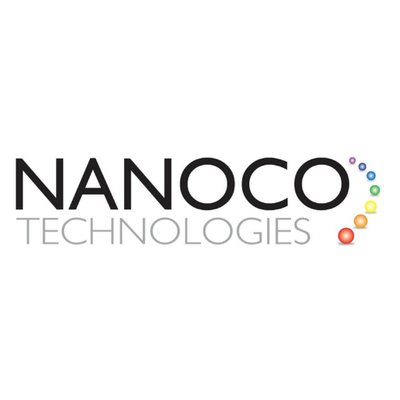In labs and boardrooms alike, a subtle revolution is unfolding behind the glass panels lighting our lives. Investors who spot under-the-radar shifts will recognise that the once niche world of semiconductor nanocrystals is poised to redraw the boundaries of mainstream display technology.
Over the past year, manufacturers have moved from pilot projects to more substantial roll-outs of quantum dot films in consumer electronics, signalling that the industry is no longer experimenting, but scaling. The appeal is clear: by interposing a fine layer of cadmium-free nanocrystals between blue LED backlights and conventional colour filters, display makers can draw from a more precise palette of reds and greens while preserving brightness and extending battery life. Just twelve months ago these quantum dot enhancement films sat at the periphery of premium OLED lines; today they underpin a growing array of QD-LCD and MiniLED models across TV, notebook and monitor ranges.
Financial results from independent analysts show revenues for quantum dot films and diffuser plates surged by over forty per cent in 2024, with most of that gain driven by TV manufacturers who have been first to market with the technology embedded beneath their new 4K and 8K offerings. Yet the story does not end at home entertainment. Enthusiasm in the PC sector is building at an even more rapid clip, as leading laptop brands seek to differentiate with displays capable of covering wide-colour gamuts while keeping form factors svelte and battery drains modest. Although notebooks and monitors still account for a smaller slice of the overall market, their growth trajectories hint at broader adoption in handheld devices and niche professional displays over the next two years.
Behind this acceleration lies a confluence of factors. Supply chains for cadmium-free quantum dots have strengthened, thanks in part to long-term partnerships between specialised manufacturers and major electronics groups that have enabled kilogram-scale production. These collaborations have driven down per-unit costs even as producers refine the nanocrystals for tighter size distributions, which translate directly into purer hues and greater manufacturing consistency. At the same time, geopolitical shifts and looming trade tensions have prompted display houses to diversify their material sources, favouring providers who can guarantee provenance and adhere to strict environmental standards.
The ripple effects are most pronounced in Asia, where tier-one TV and panel manufacturers have staked early claims on QD-LCD shelves. But European and North American brands are also joining the fray, licensing quantum dot films for their flagship lines. This geographic diffusion underscores a broader strategic realignment: rather than view quantum dots as a stopgap until OLED or microLED matures, some market leaders now treat them as a complementary enhancement that can deliver near-OLED‐level colour performance at a lower capital threshold. Such positioning has won favour among investors wary of the hefty plant upgrades and yield challenges associated with next-generation emissive technologies.
Even the more advanced QD-OLED panels, which apply nanocrystals as colour converters atop blue OLED emitters, have seen material revenues climb by nearly forty per cent year-on-year—although forecasts suggest a mild pullback in 2025 as engineers optimise ink utilisation and boost production yields. Far from signalling waning interest, this anticipated moderation reflects a maturation phase that typically follows an initial ramp. As utilisation rates climb, raw‐material consumption steadies, yet total output, and thus revenue potential, continues its upward march.
Looking ahead, investors should keep an eye on regulatory developments and tariff regimes that could reshape cost structures for premium displays. Should new import levies on advanced backlight materials become permanent, some brands may favour locally sourced quantum dot films or pivot towards alternative enhancement layers. Such moves could catalyse fresh rounds of consolidation among suppliers or even prompt vertical integration by larger panel makers seeking greater control over their nanomaterial supply chains.
What began as a lab-scale curiosity has fast evolved into a strategic lever for display manufacturers, enabling differentiated offerings and potentially reshaping the cost calculus of high-end screens. For long-term investors, the rise of quantum dots offers a classic inflection point: the confluence of technological refinement, supply-chain scalability and shifting market priorities has set the stage for nanocrystals to transition from novelty to near-ubiquity in displays over the coming years.
Nanoco Group PLC (LON:NANO) leads the world in the research, development and large-scale manufacture of heavy metal-free nanomaterials for use in displays, lighting, vertical farming, solar energy and bio-imaging.







































